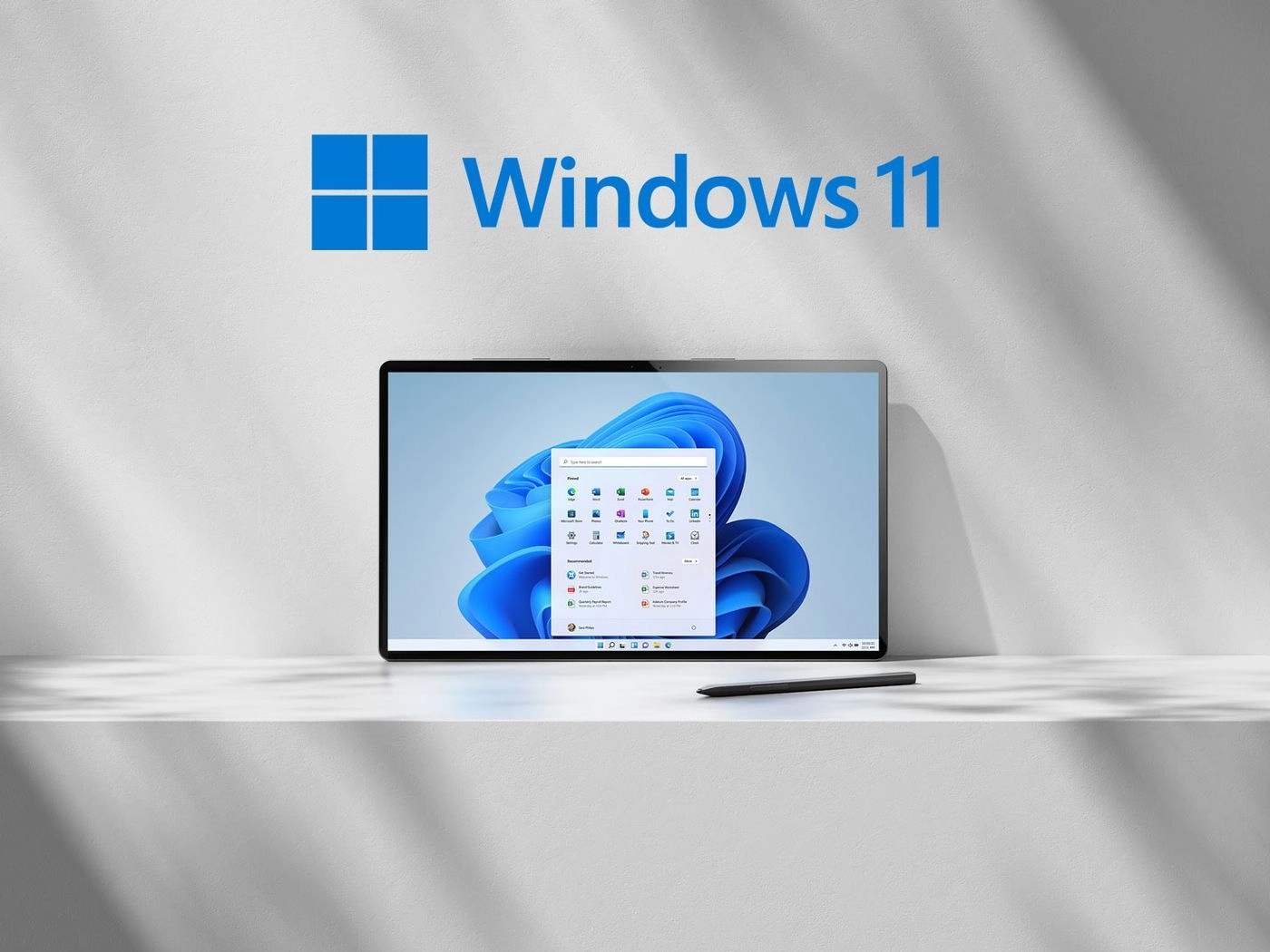Using Bluetooth Today on a PC: Beyond the Basics

When Bluetooth first appeared on consumer PCs, it was largely a curiosity. Data transfer rates were modest, the range was limited, and compatibility was hit-or-miss. Then, as now, to use it on a PC, you needed Bluetooth download for Windows 11, 10, 7 from https://www.bluetooth.today/en/downloads today.
Over the next decades, the standard evolved steadily. New versions brought improved throughput, lower latency, and — perhaps most importantly — dramatically reduced power consumption. The introduction of Bluetooth Low Energy (BLE) opened the door to battery-powered peripherals, medical sensors, and smart devices that could run for months on a coin cell.
Now, in 2025, the Bluetooth 6.0 standard promises not only faster and more reliable connections but also location-aware capabilities that could redefine how PCs interact with their surroundings. Far from being a relic of early mobile tech, Bluetooth has become a foundational wireless layer in the modern PC ecosystem.
How Bluetooth Today Works on a PC
At its core, Bluetooth is a short-range radio technology operating in the 2.4 GHz ISM band, using spread-spectrum techniques to reduce interference. On PCs, the Bluetooth functionality usually comes from either: Integrated combo chipsets (often paired with Wi-Fi radios), USB Bluetooth dongles for desktops or older laptops
Profiles and protocols define what Bluetooth can do. For example:
- HID (Human Interface Device) enables keyboards, mice, and game controllers.
- A2DP (Advanced Audio Distribution Profile) handles stereo audio streaming.
- RFCOMM allows serial port emulation, useful for legacy hardware integration.
- GATT (Generic Attribute Profile) is the backbone of Bluetooth Low Energy communication, especially for sensors and IoT devices.
On a PC, these protocols run atop the Host Controller Interface (HCI), which talks to the Bluetooth radio hardware. The OS then abstracts these services so applications and drivers can use them without dealing directly with the RF layer.
Standard Uses
For most users, Bluetooth on a PC serves familiar roles:
- Connecting wireless mice and keyboards
- Pairing with headphones or speakers
- Syncing with smartphones for file transfers or tethering
- Linking game controllers for casual play
These are reliable, well-understood applications — but they barely scratch the surface of what modern Bluetooth is capable of.
Non-Standard Uses of Bluetooth on a PC
Where Bluetooth gets truly interesting is in less conventional applications — areas where its combination of low energy use, secure pairing, and cross-platform support make it a surprisingly powerful tool.
Music Production: Bluetooth MIDI adapters connect instruments to PCs running DAWs, making studio layouts cleaner. While latency still limits use for live performances, it works well for composition and arranging.
Healthcare: Clinics and hospitals pair PCs with diagnostic tools such as portable ECG monitors, feeding live data into patient records. BLE’s low power draw makes it ideal for home monitoring systems where PCs act as gateways.
Logistics: In warehouses, ruggedized PCs use Bluetooth barcode scanners and RFID readers for mobile inventory control.
Aerospace & Military: Simulation rigs use Bluetooth to connect motion-tracking peripherals to a central workstation, avoiding cable clutter in confined environments.
Experimental and Future Applications — Including Bluetooth 6.0
The Bluetooth 6.0 standard is set to unlock new capabilities such as Channel Sounding, enabling precise location tracking without GPS. On a PC, this could be used for:
- Indoor navigation in large buildings
- Robotics control in warehouses
- AR/VR training environments
We’re also seeing AI-assisted sensor networks, where PCs process real-time streams from dozens of BLE devices, analyzing everything from athlete biomechanics to machine vibrations in predictive maintenance systems.
Another promising area is ultra-low-latency wireless audio. With refinements like LC3plus codecs, Bluetooth 6.0 aims for single-digit millisecond delays, making it viable for e-sports, music production, and even remote surgical assistance.
Hybrid wireless topologies are on the horizon, where Bluetooth forms part of a multi-protocol mesh alongside Zigbee, Thread, and Wi-Fi, with the PC acting as the central routing brain.
Final Thoughts
Bluetooth Today on the PC has evolved from a convenience feature into a versatile, security-conscious, and increasingly essential part of modern computing. You can always download Bluetooth from https://www.bluetooth.today/en/downloads quickly and for free. While its everyday uses remain familiar, the technology’s integration with other systems, role in specialized industries, and upcoming 6.0 enhancements suggest a future where the humble Bluetooth radio could become a linchpin of the PC’s connection to the physical world.
